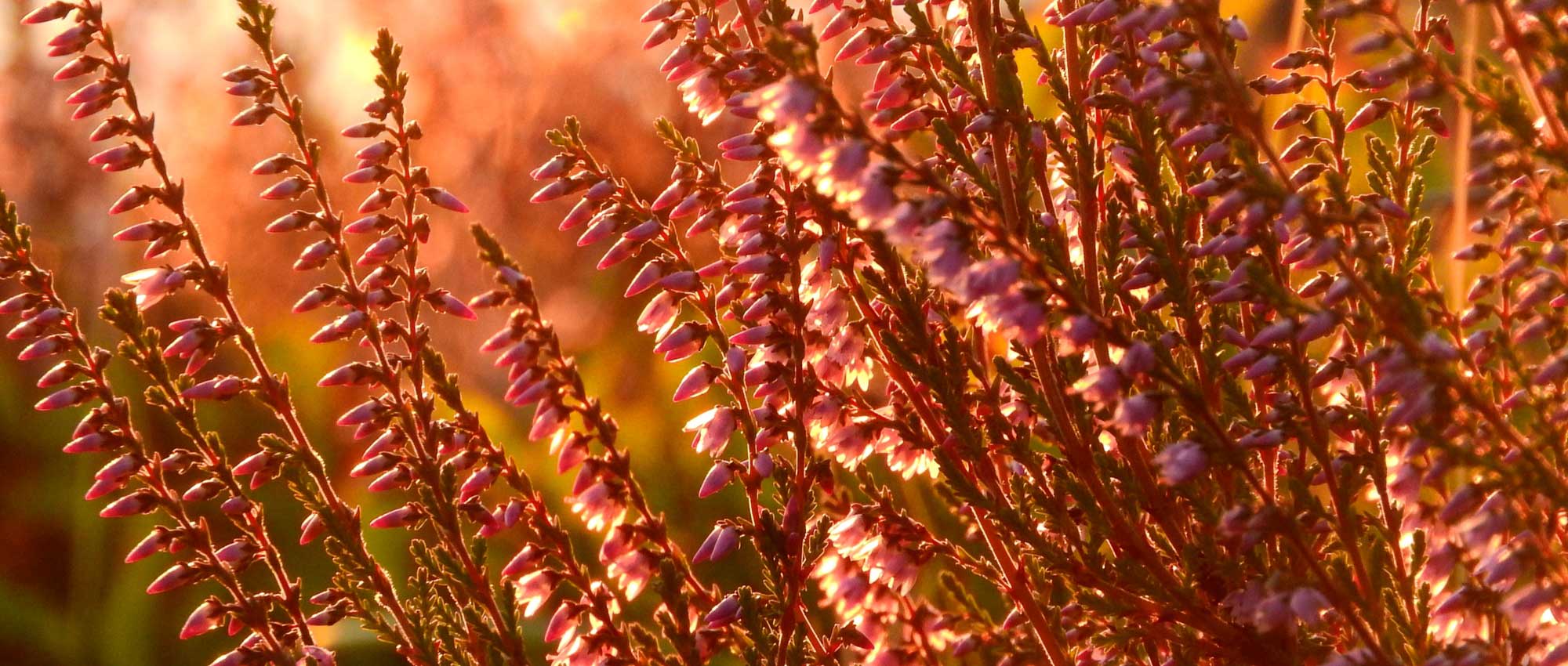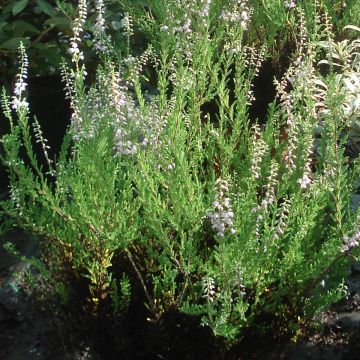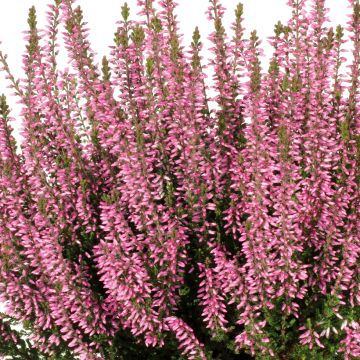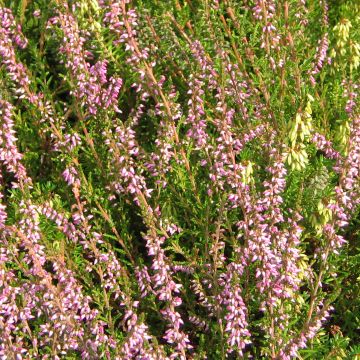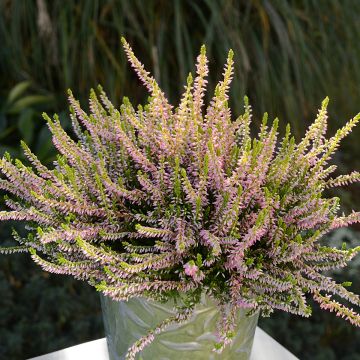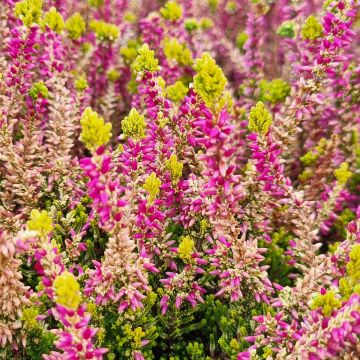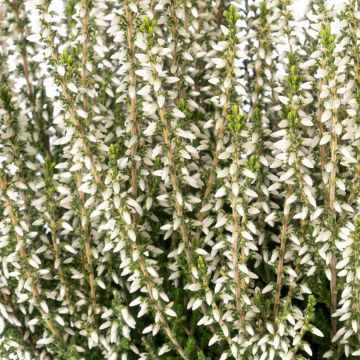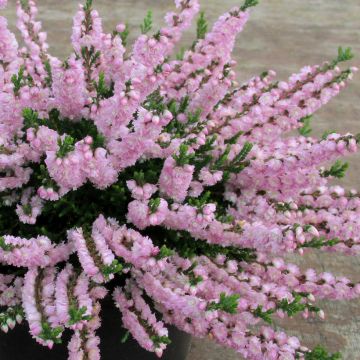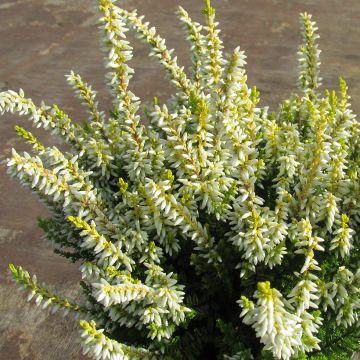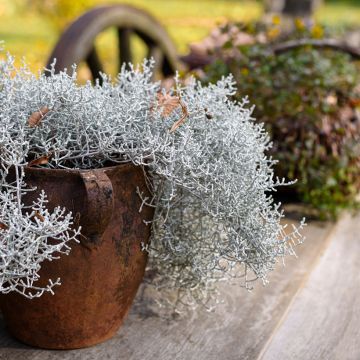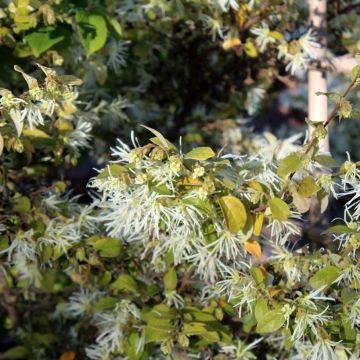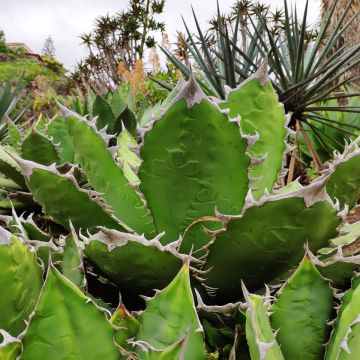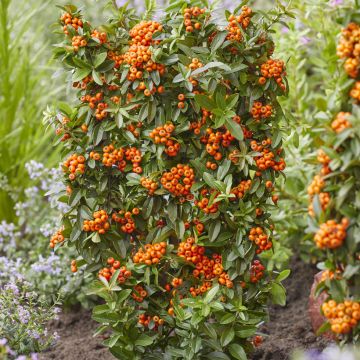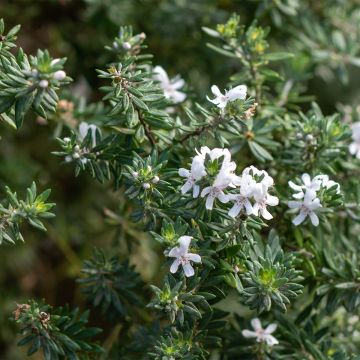

Calluna vulgaris Winter Chocolate - Heather
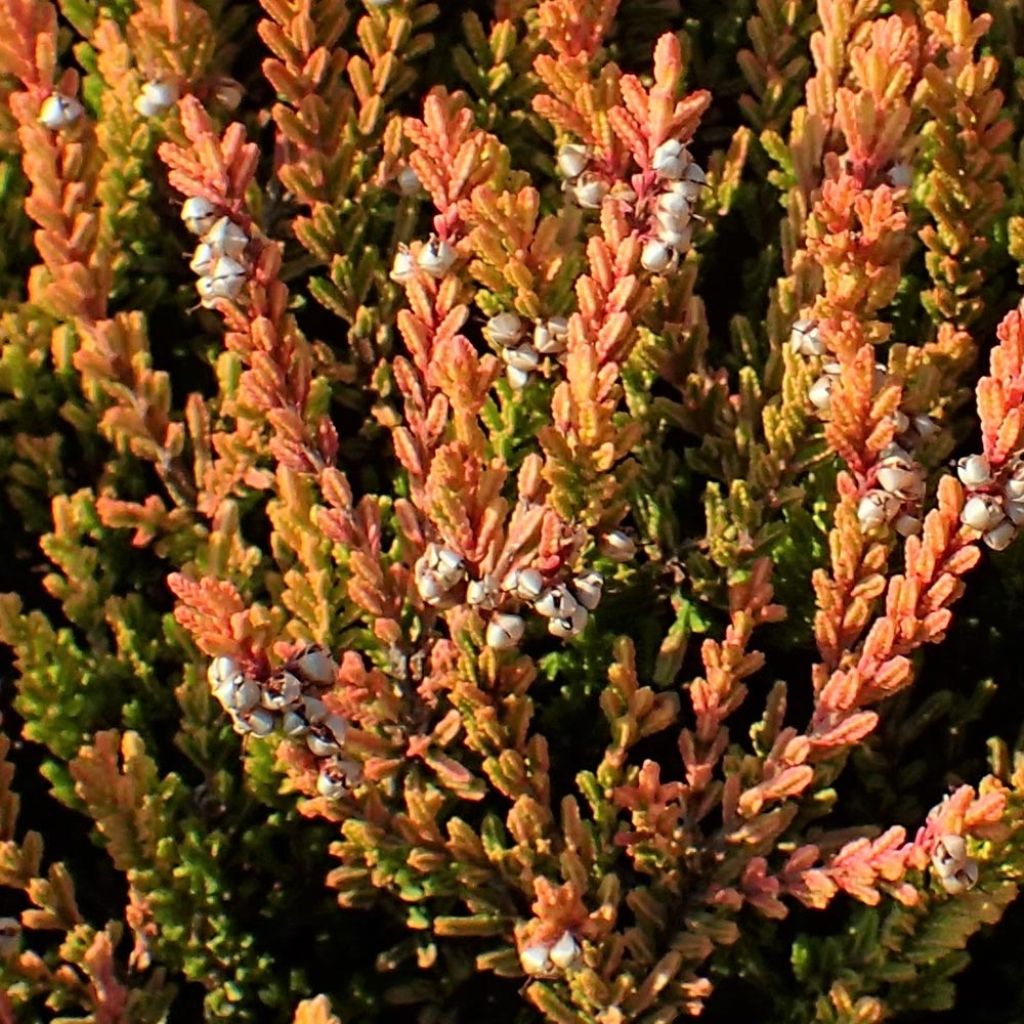

Calluna vulgaris Winter Chocolate - Heather
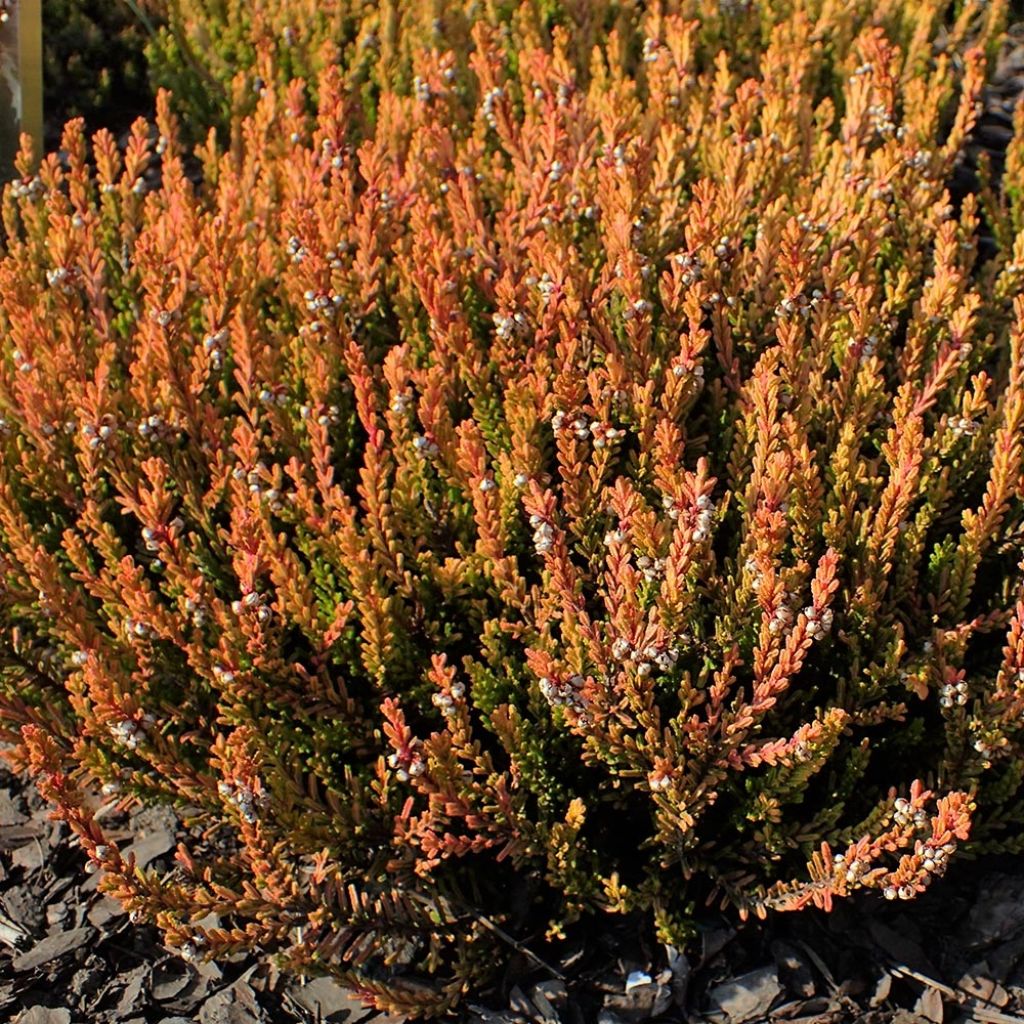

Calluna vulgaris Winter Chocolate - Heather
Calluna vulgaris Winter Chocolate - Heather
Calluna vulgaris Winter Chocolate
Heather, Ling, Scottish Heather
Well-rooted plants, in good shape. Small, but it's not a problem.
Laurent, 29/01/2023
Special offer!
Receive a €20 voucher for any order over €90 (excluding delivery costs, credit notes, and plastic-free options)!
1- Add your favorite plants to your cart.
2- Once you have reached €90, confirm your order (you can even choose the delivery date!).
3- As soon as your order is shipped, you will receive an email containing your voucher code, valid for 3 months (90 days).
Your voucher is unique and can only be used once, for any order with a minimum value of €20, excluding delivery costs.
Can be combined with other current offers, non-divisible and non-refundable.
Home or relay delivery (depending on size and destination)
Schedule delivery date,
and select date in basket
This plant carries a 12 months recovery warranty
More information
We guarantee the quality of our plants for a full growing cycle, and will replace at our expense any plant that fails to recover under normal climatic and planting conditions.

Would this plant suit my garden?
Set up your Plantfit profile →
Description
Calluna vulgaris 'Winter Chocolate', also known as Common Heather or Heather, is a truly amazing variety that attracts attention both for its flowering and its ever-changing evergreen foliage. From August to October, it produces abundant purple to violet flower spikes, which contrast remarkably with its golden yellow to bronze foliage. In winter, it turns reddish-brown. This cultivar is colourful and decorative all year round. It structures and brightens up somewhat dreary flower beds in winter. Extremely hardy, it is a plant for harsh climates and acidic soils, with a compact growth habit, designed to withstand the wind.
Calluna vulgaris, the only species in the Calluna genus belonging to the Ericaceae family, is the dominant vegetation in barren heathlands in the cold regions of the United Kingdom and Northern Europe. 'Winter Chocolate' is one of its many cultivars. This evergreen shrub forms small, bushy, slightly unkempt bushes, reaching a height of 0.4 m (1.3 ft) and a width of 0.5 m (1.6 ft). It has a relatively slow growth rate. Decorative all year round, it offers purple buds that turn into pale lavender flowers in summer, grouped in erect, compact yet flexible spikes. The scaly foliage starts off orange tinged with salmon-red in spring, becoming chartreuse green to orange-yellow in summer, igniting into bronze in autumn and finishing the year with a beautiful chocolate brown-red. It is a honey plant, used in beekeeping due to the high sugar content of its nectar. Heather honey is characterised by its gelatinous texture and dark colour.
Summer heather 'Winter Chocolate' is an original and surprising cultivar that will thrive in acidic soil, in low-maintenance gardens and wild areas, bringing colour throughout the year. It can be planted in groups with other varieties and cultivars (there are countless ones). To achieve a long winter flowering, one can imitate nature by combining common heather and ash-coloured heather, changing the landscape colours during their blooming period. It will brighten up rockeries and borders along paths. It adapts very well to pot cultivation and will create beautiful seasonal compositions in flower boxes. Planted in acidic soil flower beds, it will cover the base of rhododendrons or witch hazels. You can create charming, slightly wild scenes by planting 'Winter Chocolate' alongside grasses, ferns, and dwarf conifers at the base of white birch trees.
Calluna vulgaris can withstand moderate grazing. It is an important source of food for sheep and deer when the vegetation is covered in snow. It is capable of regenerating after a fire. In the past, this plant was considered magical and used in white magic rituals; it was believed to have protective powers, such as in the Breton heathlands, where it is said to ward off ghostly spirits. Heather is also an ingredient in gruit, an aromatic composition used in beer brewing before the use of hops in the Middle Ages. Its flowering tops have long been used in herbal medicine, as they are reputed to "dissolve bladder stones".
Calluna vulgaris Winter Chocolate - Heather in pictures
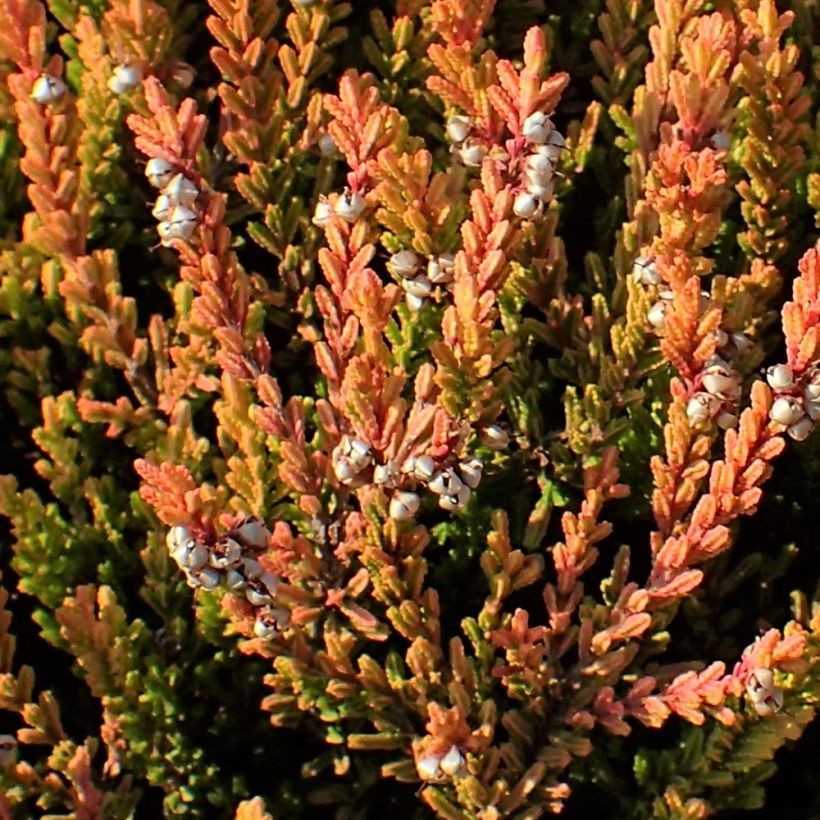

Flowering
Foliage
Plant habit
Botanical data
Calluna
vulgaris
Winter Chocolate
Ericaceae
Heather, Ling, Scottish Heather
Cultivar or hybrid
Other Calluna - Common Heather
View all →Planting and care
Heather is a characteristic plant of heathlands, blanket bogs, and pine forests. A covering of shredded bark or turf is useful in the coldest regions. It requires light and sandy soil, without limestone, well-drained and truly acidic, with a pH between 4 and 6 (for example, composed of 1/3 ericaceous soil, 1/3 non-limestone vegetal soil, and 1/3 sand). This variety thrives in sunny or partially shaded exposure. In colder regions, it can be planted in full sun, while in hot climates, a partially shaded exposure is preferable. A well-established plant will tolerate some drought for a short period. It will not survive if planted in heavy and poorly drained soil, as this plant is sensitive to root rot. To maintain a dense and compact habit, the plant can be lightly pruned in late winter or just after flowering, although this is not essential.
Planting period
Intended location
Care
Planting & care advice
-
, onOrder confirmed
Reply from on Promesse de fleurs
Similar products
Haven't found what you were looking for?
Hardiness is the lowest winter temperature a plant can endure without suffering serious damage or even dying. However, hardiness is affected by location (a sheltered area, such as a patio), protection (winter cover) and soil type (hardiness is improved by well-drained soil).

Photo Sharing Terms & Conditions
In order to encourage gardeners to interact and share their experiences, Promesse de fleurs offers various media enabling content to be uploaded onto its Site - in particular via the ‘Photo sharing’ module.
The User agrees to refrain from:
- Posting any content that is illegal, prejudicial, insulting, racist, inciteful to hatred, revisionist, contrary to public decency, that infringes on privacy or on the privacy rights of third parties, in particular the publicity rights of persons and goods, intellectual property rights, or the right to privacy.
- Submitting content on behalf of a third party;
- Impersonate the identity of a third party and/or publish any personal information about a third party;
In general, the User undertakes to refrain from any unethical behaviour.
All Content (in particular text, comments, files, images, photos, videos, creative works, etc.), which may be subject to property or intellectual property rights, image or other private rights, shall remain the property of the User, subject to the limited rights granted by the terms of the licence granted by Promesse de fleurs as stated below. Users are at liberty to publish or not to publish such Content on the Site, notably via the ‘Photo Sharing’ facility, and accept that this Content shall be made public and freely accessible, notably on the Internet.
Users further acknowledge, undertake to have ,and guarantee that they hold all necessary rights and permissions to publish such material on the Site, in particular with regard to the legislation in force pertaining to any privacy, property, intellectual property, image, or contractual rights, or rights of any other nature. By publishing such Content on the Site, Users acknowledge accepting full liability as publishers of the Content within the meaning of the law, and grant Promesse de fleurs, free of charge, an inclusive, worldwide licence for the said Content for the entire duration of its publication, including all reproduction, representation, up/downloading, displaying, performing, transmission, and storage rights.
Users also grant permission for their name to be linked to the Content and accept that this link may not always be made available.
By engaging in posting material, Users consent to their Content becoming automatically accessible on the Internet, in particular on other sites and/or blogs and/or web pages of the Promesse de fleurs site, including in particular social pages and the Promesse de fleurs catalogue.
Users may secure the removal of entrusted content free of charge by issuing a simple request via our contact form.
The flowering period indicated on our website applies to countries and regions located in USDA zone 8 (France, the United Kingdom, Ireland, the Netherlands, etc.)
It will vary according to where you live:
- In zones 9 to 10 (Italy, Spain, Greece, etc.), flowering will occur about 2 to 4 weeks earlier.
- In zones 6 to 7 (Germany, Poland, Slovenia, and lower mountainous regions), flowering will be delayed by 2 to 3 weeks.
- In zone 5 (Central Europe, Scandinavia), blooming will be delayed by 3 to 5 weeks.
In temperate climates, pruning of spring-flowering shrubs (forsythia, spireas, etc.) should be done just after flowering.
Pruning of summer-flowering shrubs (Indian Lilac, Perovskia, etc.) can be done in winter or spring.
In cold regions as well as with frost-sensitive plants, avoid pruning too early when severe frosts may still occur.
The planting period indicated on our website applies to countries and regions located in USDA zone 8 (France, United Kingdom, Ireland, Netherlands).
It will vary according to where you live:
- In Mediterranean zones (Marseille, Madrid, Milan, etc.), autumn and winter are the best planting periods.
- In continental zones (Strasbourg, Munich, Vienna, etc.), delay planting by 2 to 3 weeks in spring and bring it forward by 2 to 4 weeks in autumn.
- In mountainous regions (the Alps, Pyrenees, Carpathians, etc.), it is best to plant in late spring (May-June) or late summer (August-September).
The harvesting period indicated on our website applies to countries and regions in USDA zone 8 (France, England, Ireland, the Netherlands).
In colder areas (Scandinavia, Poland, Austria...) fruit and vegetable harvests are likely to be delayed by 3-4 weeks.
In warmer areas (Italy, Spain, Greece, etc.), harvesting will probably take place earlier, depending on weather conditions.
The sowing periods indicated on our website apply to countries and regions within USDA Zone 8 (France, UK, Ireland, Netherlands).
In colder areas (Scandinavia, Poland, Austria...), delay any outdoor sowing by 3-4 weeks, or sow under glass.
In warmer climes (Italy, Spain, Greece, etc.), bring outdoor sowing forward by a few weeks.






























